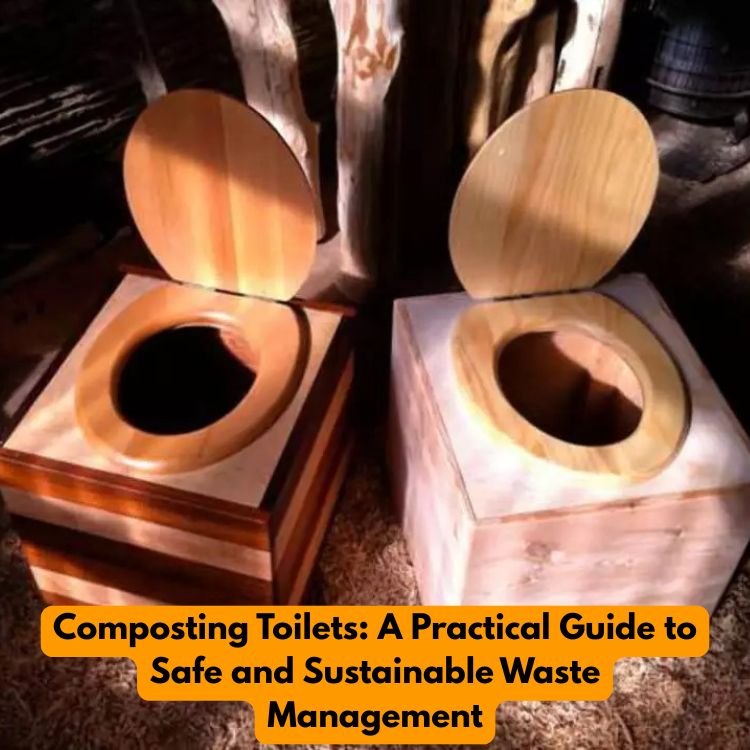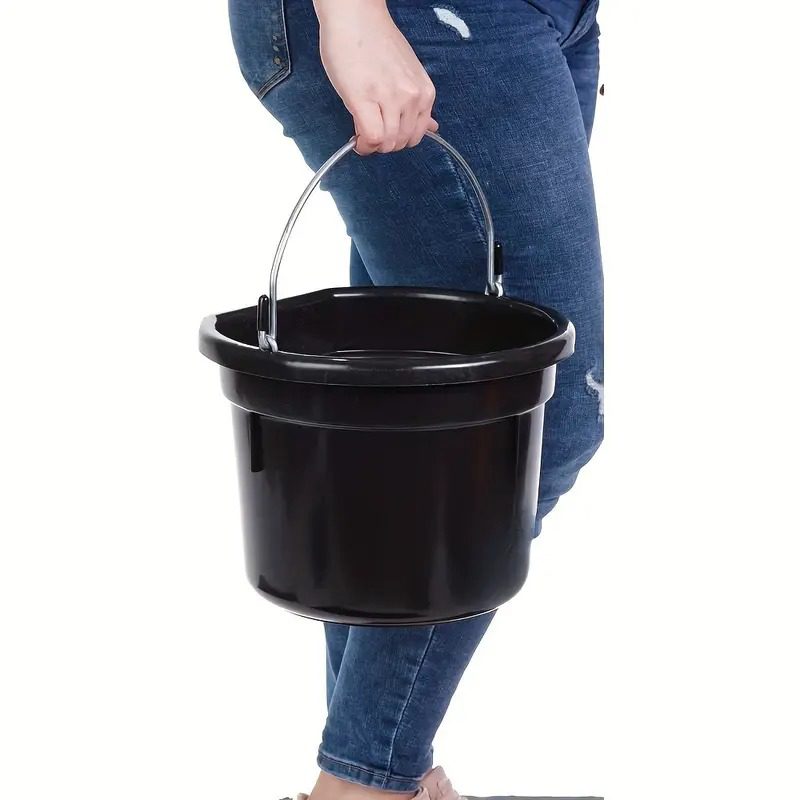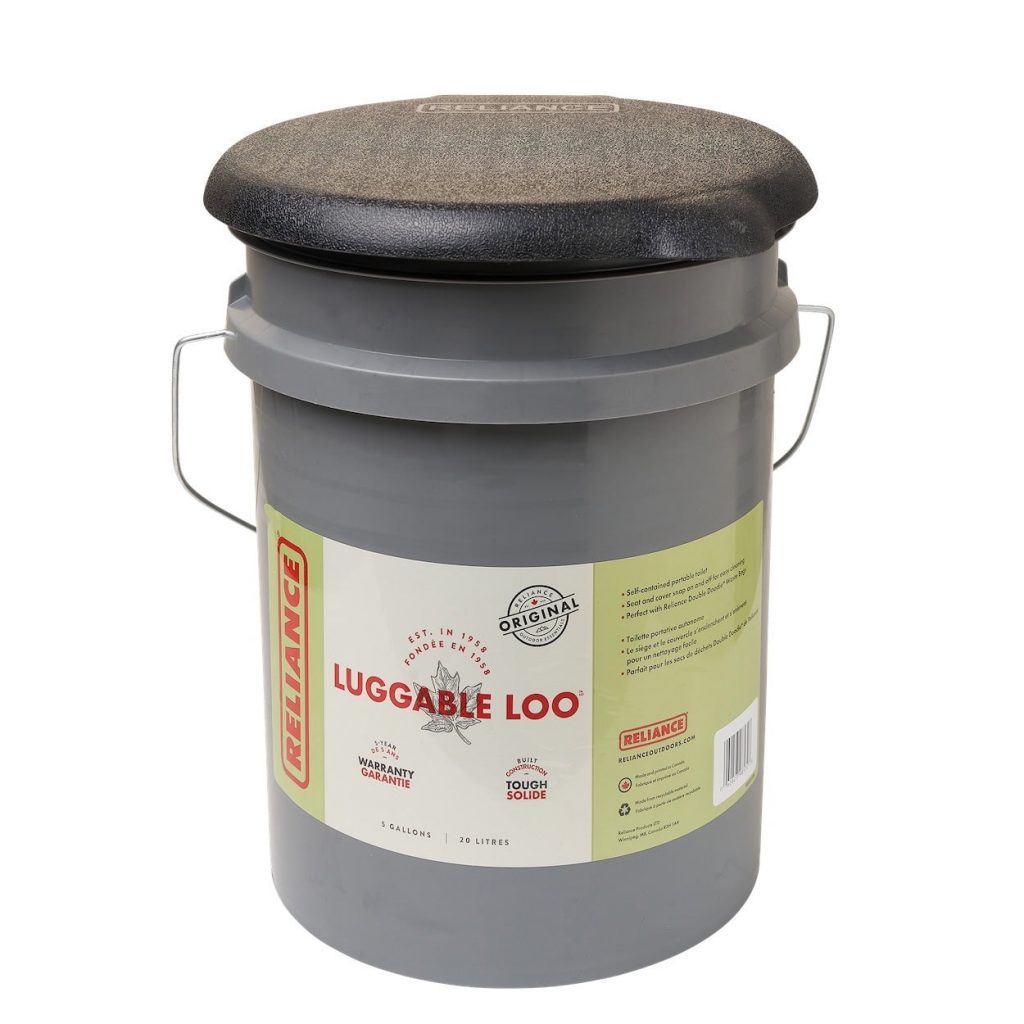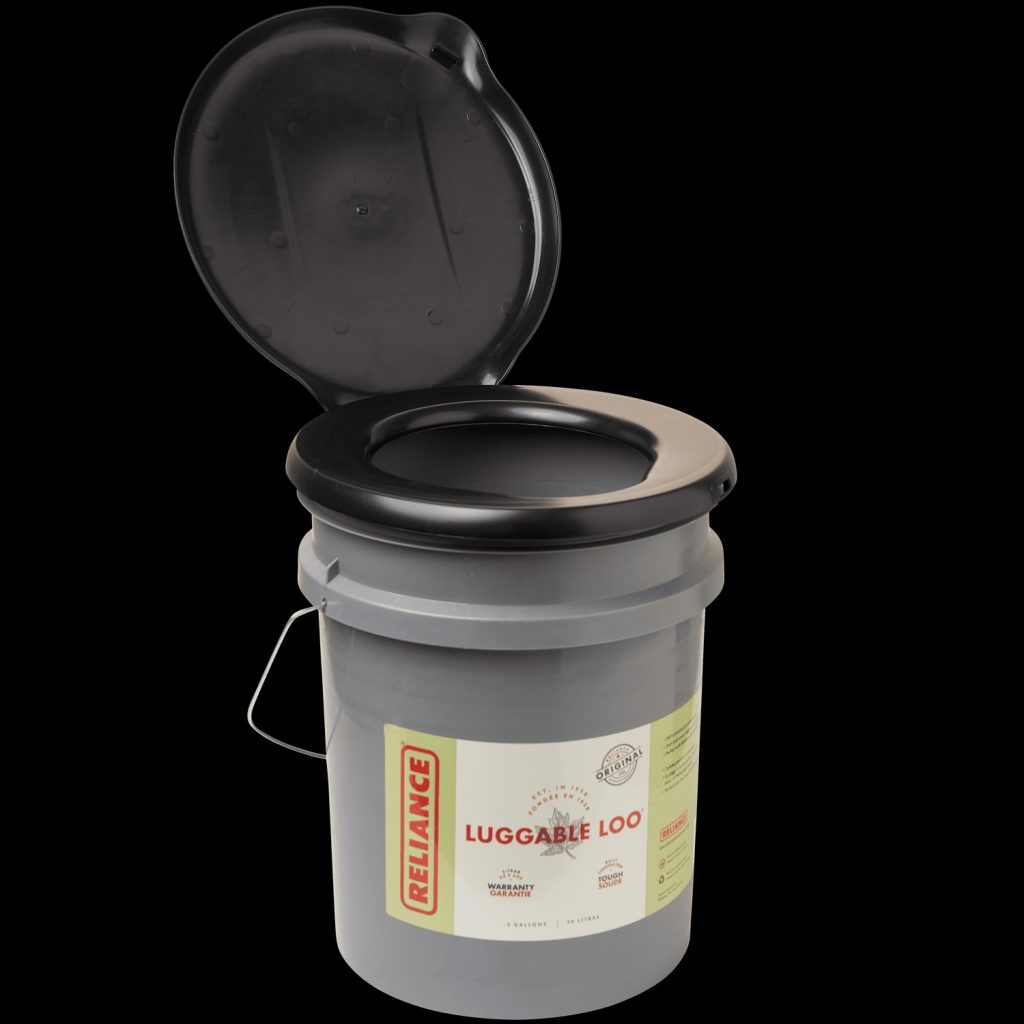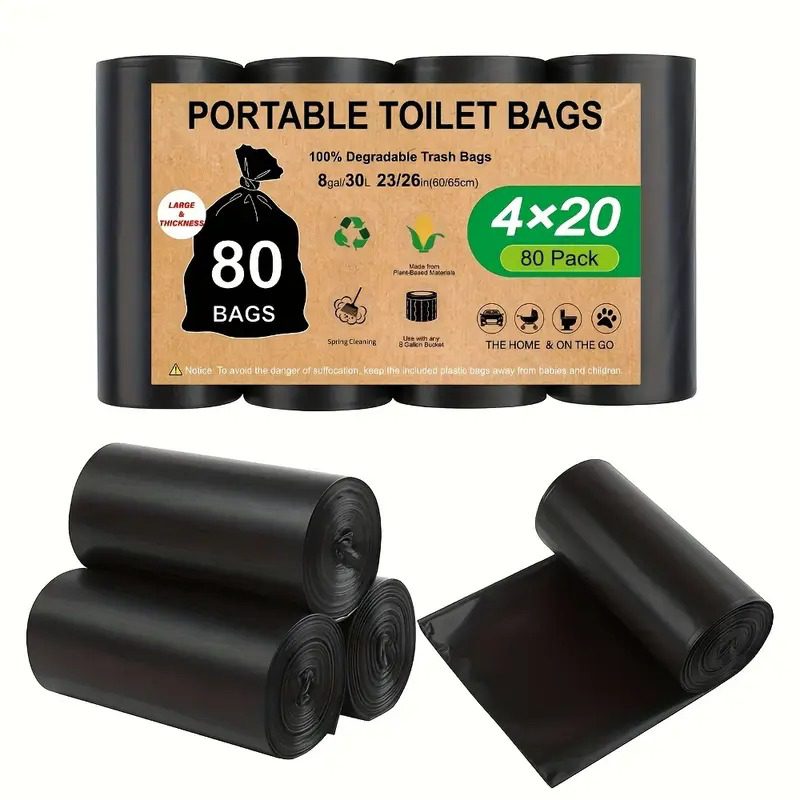Want to know more about DIY Composting Toilets and how to build one?
Have you ever wondered about a toilet that’s good for the environment and your wallet?
Want to know more about Composting Toilets and how to build one? Also if you lack DIY skills there is a great alternative. Learn more about a Low water system.
Jack and Marilou Dody from the Abunda Culture channel have spent decades exploring affordable and sustainable solutions for basic needs.
Today, we’re diving into one of their specialties: composting toilets.
These aren’t your average toilets; they’re a practical, eco-friendly alternative to conventional sewage systems.
Why Choose a Composting Toilet?
Why would you want to compost human waste? Well, for starters, it’s safe, inexpensive, and accessible.
Safe, Inexpensive, Accessible. In many parts of the world, especially in developing countries, people can easily afford to build a decent composting toilet.
More importantly, the compost we often throw away or send to wastewater treatment plants should stay on the homestead.
It helps rebuild and reestablish good soils. We’re essentially tossing away a valuable resource when we send our waste downstream.
Composting toilets put those nutrients back where they belong.
And don’t forget about sustainability.
By using a composting toilet, you’re reducing your environmental impact and contributing to a more sustainable lifestyle.
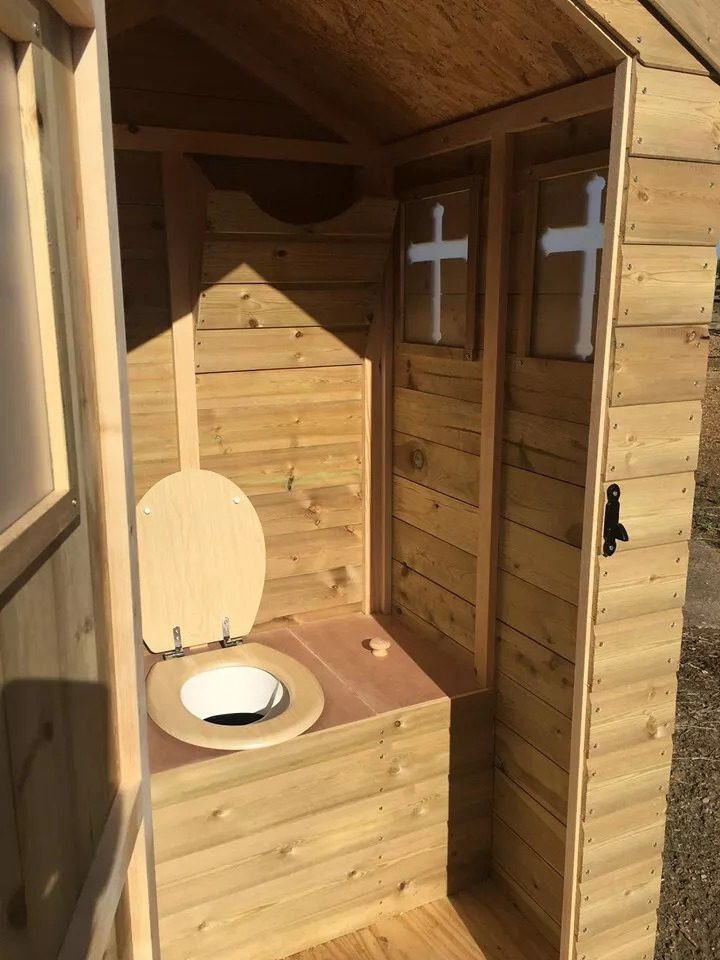
The Dody’s Composting Toilet System: 20 Years of Experience
Jack and Marilou Dody aren’t just talking the talk; they’ve been using composting toilets for almost 20 years!
They’ve never had any problems with odors or the system malfunctioning. If you design it the way they recommend, you can have a successful composting toilet, too.
From Toilet to Compost Pile: Completing the Cycle
The basic idea is simple: waste is collected in a five-gallon bucket and then transferred to a compost pile.
To understand this part of the process better, you might want to check out their composting video.
Part 1: Building the Standard Composting Toilet
Ready to build your own? Here’s what you’ll need for the standard composting toilet:
Materials
- 3/4 inch plywood
- Oil-Based Paint (for easy cleaning and durability)
- Toilet seat (for comfort)
- 5-gallon bucket
- Sawdust or rice hulls (high-carbon material for covering waste)
- Small Fan
Construction
The Dody’s composting toilet features a simple wooden frame made from 3/4 inch plywood. The frame is painted with an oil-based paint, which makes it easy to clean and more durable.
Oil-based paint can turn yellow over time, so you might want to repaint it every couple of years. A standard toilet seat is attached to the top for comfort, and underneath is a five-gallon bucket that slides in and out for easy emptying.
It’s important that the design has a tight-fitting lid.
The Role of Sawdust
Why sawdust? Because it’s crucial for the composting process. You can also use rice hulls or any other high-carbon material with a consistency like confetti.
Covering the waste with sawdust kicks off the composting process and reduces odors.
Cover Waste Immediately after each use to get the best results.
The Importance of Ventilation
Don’t underestimate the power of a good fan!
Fan Placement
Place a small fan near the toilet to vent any odors to the outside.
Odor Control
“Always use the fan” when you’re using the toilet. Turn it on before you open the toilet and leave it on for about 5-10 minutes after each use.
This will keep your bathroom smelling fresh.
Safe Composting Practices
Is it safe to use compost from human waste in the garden? The Dody’s have been doing it for 18 years without any health issues.
“The key is to compost the waste for at least ONE YEAR MINIMUM before using it in the garden. This ensures that any harmful pathogens are killed off.”
It’s also important to wash your hands thoroughly after handling compost and to harvest your crops with care.
While the Dody’s have had great success, individual results may vary, so it’s always best to follow safety guidelines.
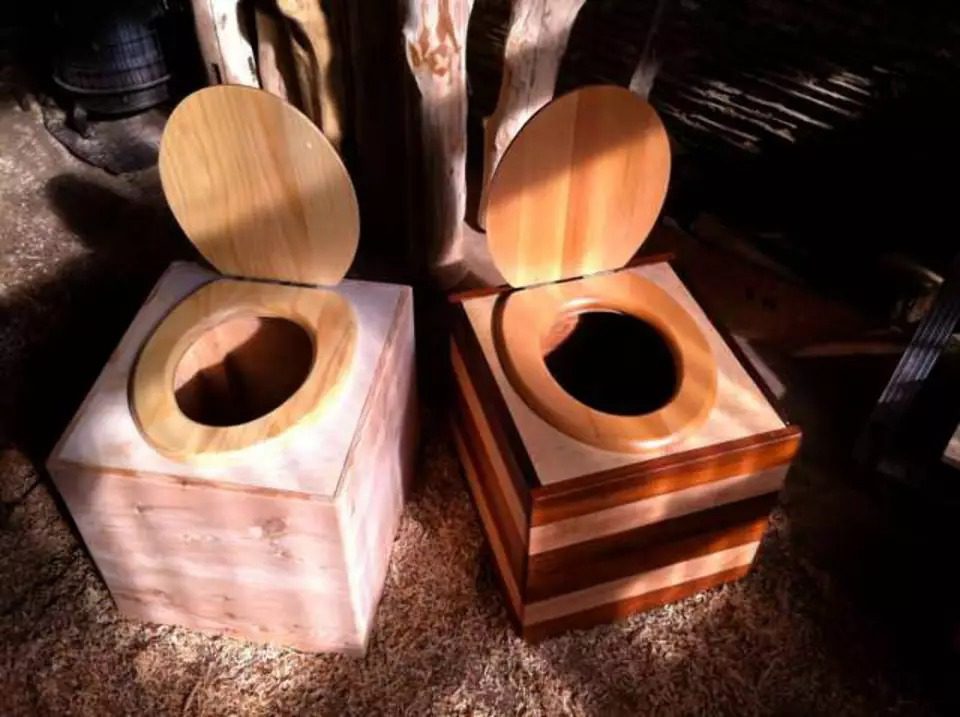
Debunking the “Fancy-Schmancy” Toilet Myth
You might be tempted to buy one of those fancy, all-in-one composting toilets. But are they worth the cost?
Cost
These commercially available composting toilets can cost a pretty penny, starting at around $1,000 and going up to $5,000 or $6,000.
Odor Issues
The problem is, these systems often have odor problems because the composting process happens inside the unit.
The Dody’s Method
The Dody’s method, on the other hand, eliminates odors by moving the waste to an external compost pile.
Plus, it’s a lot cheaper to build your own composting toilet than to buy one of those expensive systems.
Don’t buy expensive systems. You can make a compost toilet yourself that is much cheaper than brands like Nature’s Head.
If you are interested in this brand, check out this Nature’s Head composting toilet review.
Part 2: The Tiny House Toilet
Need a composting toilet for a small space? Here’s how to build one for a tiny house:
Space-Saving Design
In a tiny house, space is precious. That’s why the Dody’s designed a toilet that combines with the shower to save space.
Platform Construction
This design features a simple platform with a bucket that slides underneath.
Lid
Unlike the standard composting toilet, this design requires a tight-fitting lid to control odors since the toilet itself doesn’t have one.
Tiny House Toilet Ventilation
Just like the standard model, this tiny house toilet needs a fan to vent odors.
Fan is Needed
The fan placement and usage are the same as with the previous model.
Changing the Bucket
Emptying the bucket is easy. Simply slide it out and dump the contents into your compost pile. Remember to compost the waste for at least one year before using it in the garden.
Closing Thoughts and Benefits Recap
Composting toilets are:
- Affordable for most people.
- Good for the environment.
- A source of valuable fertilizer.
- Accessible to most people.
Call to Action
Why not give it a try and build your own composting toilet? Check out the Abunda Culture website for more resources and training.
Additional Resources
- Watch the Dody’s composting video for more information:
- Download their free training manual for even more details.
- Contact them for customized, hands-on training in a variety of areas, including tiny house design, solar electric systems, and more.
About Jack and Marilou Dody
Jack and Marilou Dody have dedicated over 40 years to developing appropriate technologies and training missionaries in over 100 countries.
Living “off the grid” in Colorado, they generate their own electricity, grow food, and recycle water and waste.
Understanding the Composting Process
Composting is a natural process where microorganisms break down organic matter. A good carbon-to-nitrogen ratio is essential for successful composting.
Temperature and moisture also play a vital role.
Troubleshooting Common Issues
- Odors: If you experience odors, make sure you’re using enough sawdust and that your ventilation is adequate.
- Slow Composting: If the composting process is slow, try adding more nitrogen-rich materials to your compost pile.
- Pest Control: To prevent pests, keep your compost pile covered and avoid adding meat or dairy products.
Adapting the Design to Your Needs
- Climate: Adapt the design to suit different climates.
- Materials: Use alternative materials that are readily available in your area.
- Accessibility: Make the toilet accessible for people with disabilities.
Legal Considerations
Before building a composting toilet, check your local regulations.
Some areas may have specific rules about composting human waste.
Long-Term Maintenance
Keep your composting toilet clean and make any necessary repairs promptly.
Benefits Beyond the Garden
Use the compost to enrich soil for trees or ornamental plants.
Inspiring Others
Share your experiences with composting toilets and inspire others to adopt sustainable practices.
What If You Don’t have The DIY Skills?
Not So Handy? Here’s How to Get a Low Cost Compost Toilet Without Lifting a Hammer
So you’ve got dreams of kicking your old toilet to the curb and going green—but the thought of measuring, sawing, and somehow not accidentally gluing yourself to a bucket makes you break out in a cold sweat.
Relax. You don’t have to be Bob the Builder, and you definitely don’t have to empty your wallet on high-end compost toilets just to avoid DIY disasters.
It’s time to let your anxiety take a back seat (pun intended) because there are low cost compost toilets ready to buy, no duct tape required. Here’s how you can go eco without going nuts.
Why Skip the DIY Route?
DIY compost toilet guides promise “so easy anyone can do it.” Sure, if anyone means folks who think “torx bit” isn’t the name of a new workout.
For the rest of us, DIY plans quickly turn into sitcom-level chaos:
- Misplaced screws (and your last ounce of patience)
- That “oh no, why is it leaking?” moment
- Glue stains on your best jeans
- Sawdust in places sawdust should never be
Some people live for the thrill of power tools. Others just want their low cost compost toilet set up before the weekend camping trip—which does not include an episode of “Home Improvement: Restroom Edition.”
There’s zero shame in wanting a toilet that works straight out of the box.
Low Cost Compost Toilets You Can Actually Buy Online
Here’s a secret: low cost doesn’t mean “everyone laughs at your setup.” In fact, compost toilets under $50 are not only real, they’re delivered straight to your door.
One quick click, and you’re moments away from never hearing the words, “do you have a circular saw?” again.
Let’s spotlight the best of the bunch, why these work so well for DIY-averse folks, and how you can keep it cheap and cheerful.
A No-Fuss Favorite: Reliance Products Luggable Loo Review
Meet the unsung hero of budget-friendly compost toilets: Reliance Products Luggable Loo. You’ll find it on Amazon and just about every outdoors site for under $50. Sometimes, it’s even closer to $30.
What makes this one shine?
- Simple and sturdy: It’s literally a heavy-duty 5-gallon bucket with a snap-on toilet seat and lid.
- Lightweight: Under 4 pounds, even a child could carry it.
- Portable: Use it in your tiny house, van, camp site, or during home emergencies.
- Easy to find liners: Standard 13-gallon trash bags fit perfectly, so cleanup is a breeze.
Who’s it for?
- Anyone who wants a cheap, easy compost toilet—no building required
- Campers and van-lifers who need gear that’s both sturdy and brainless to set up
- Backyard gardeners needing a toilet during long afternoons outside
Pros:
- Costs less than a fancy pizza night
- Sets up in seconds
- No assembly (unless you count snapping on a lid)
- Lightweight but tough
Cons:
- No fancy bells, whistles, or urine separation
- Feels like… well, sitting on a bucket
- You supply your own carbon material (like sawdust, peat moss, or dry leaves)
Budget Tip: Skip overpriced liners—grab a bulk roll of trash bags. For carbon cover, use sawdust from a local mill or even dry mulch. You don’t need special composting powders.
What To Expect From a Budget-Friendly Compost Toilet
If you’re picturing a throne worthy of royalty, slow down. Under $50, you’re trading smart engineering for pure, rugged utility.
But you also ditch all the overcomplicated bits that break or get gross.
Usual features for this price:
- Simple bucket system
- Snap-on seat and lid
- Durable plastic construction
- Zero-plumbing required
Here’s why plain is a win:
- Fewer moving parts means fewer things to clean (or replace)
- Lighter and easier to move than massive wood-framed stalls
- You get all the composting benefits without a user’s manual thicker than a phone book
If you want a gold-plated eco-lavatory, this isn’t it. If you want something that works, packs up, and doesn’t complain, these low cost compost toilets have your back (and your backside).
Quick Tips for Setting Up and Using Your New Toilet
Don’t overthink it. Here’s how to keep things clean, smell-free, and easy:
1. Location is everything:
Keep it somewhere with a bit of privacy and airflow. A pop-up tent works wonders if you’re camping or need a quick shelter.
2. Line before you go:
Always slap a bag inside before the first user sits down. This lets you swap out the “contents” without gags or mess.
3. Add a carbon cover:
Every time you go, toss in a scoop of sawdust, dry leaves, or peat moss. This controls odor and helps with the composting process.
4. Tighten that lid:
Snap the seat on after each use to hold in smells and keep bugs out.
5. Change bags often:
Full doesn’t mean overflowing. Tie up used bags and compost them in a safe outdoor pile—never in your veggie garden, though.
Bags like the ones below are excellent and affordable and ensure that all you need to do is to drop the entire contents including the bag into your outdoor composter!
6. Scrub the bucket occasionally:
Warm soapy water gets your loo ready for round two (or ten).
7. Avoid mixing liquids if you can:
If you want even less odor, try to keep urine and solids separate. But for this price, nobody’s judging your aim.
A little effort goes a long way. With these tips, you get an easy, odor-free setup minus the DIY headaches.
Conclusion
You can have your composting cake and eat it too—without needing a power drill.
The Reliance Products Luggable Loo is proof that low cost compost toilets can save your dignity and your wallet. There’s a certain pride in skipping the unnecessary and going for what works.
Forget YouTube tutorials, broken bolts, and wild guesses. If you want an easier option, this is it.
You can go green, stay hygienic, and still have time left to do literally anything else besides build a toilet.
Get ready to make “I bought it online” your new favorite bathroom upgrade story—and let your compost toilet adventures begin.

